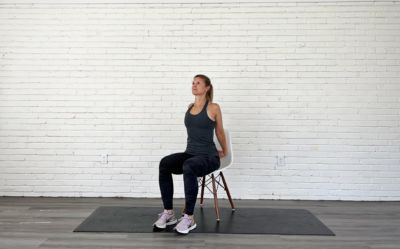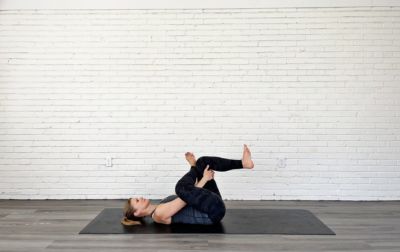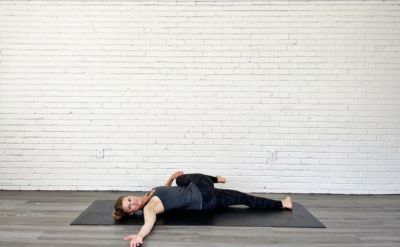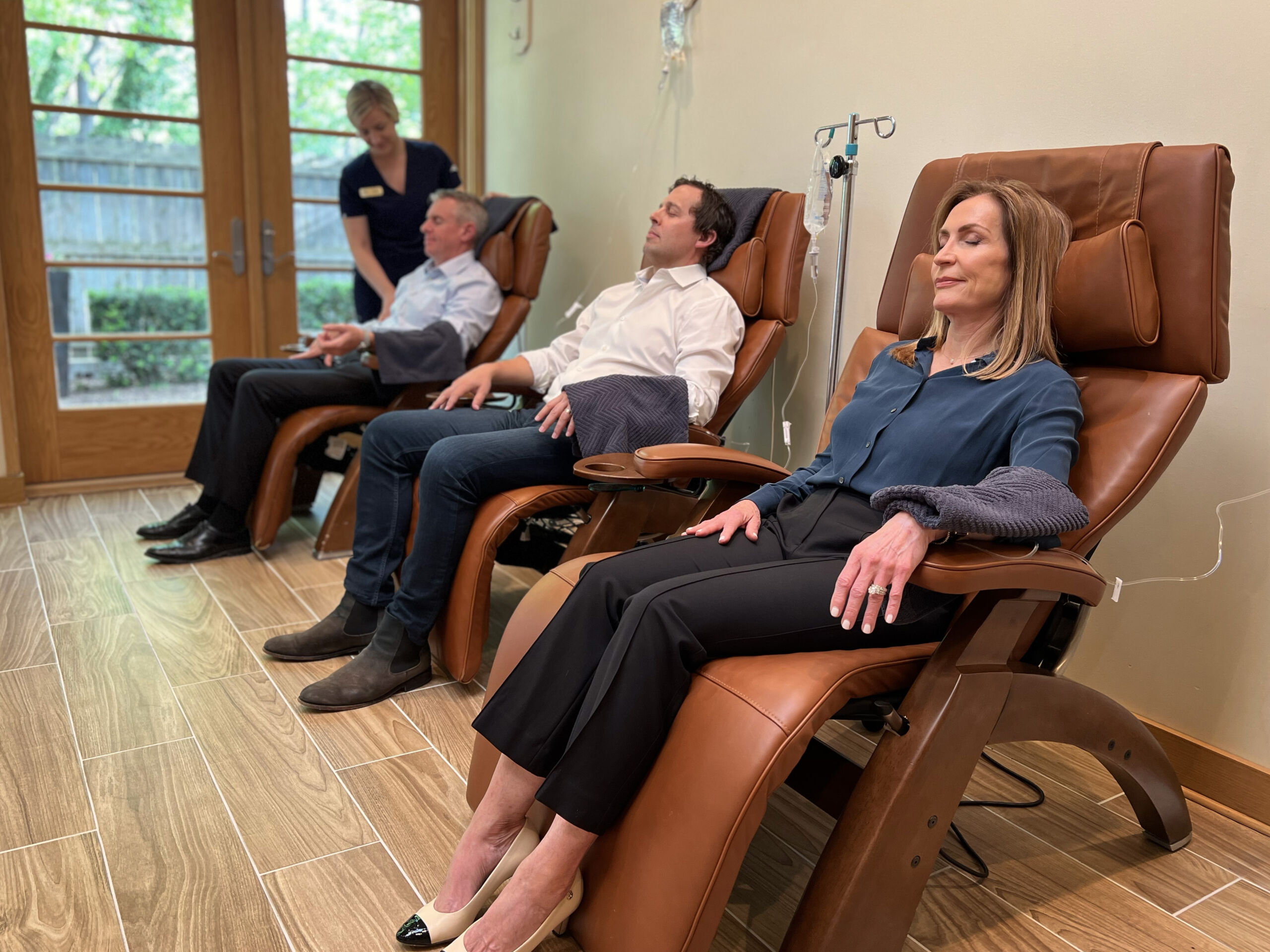Why should you stretch? Your first thought may be, “to become more flexible.” Understandably, many people discount stretching for this reason, since it is not everyone’s goal to become more flexible. But stretching is one of the most important things you can do for your body’s health and fitness.
Stretching is not just about flexibility. Yes, holding a stretch for 60 seconds 5 times a week may help you become more flexible and increase your range of motion, but believe it or not, this is not the only reason to stretch.
According to Heather Walther, fitness instructor at PALM Health and physical therapist, stretching is about resilience. Regardless of your fitness goals, your body needs a certain amount of resilience in order to serve you well in your daily responsibilities. Injuries happen, whether they are from playing tennis, bending over to pick up a child, raking leaves, or going up the stairs. You might take a misstep in the grass and nearly sprain your ankle. “Your body needs to be prepared to react and bounce back when those missteps occur,” says Heather.
Resilience means preparing your tissues for strain. It means restoring your nervous system after any activity. And it means having the body awareness to know where your problem areas may be and how to work on them. All of this can be achieved through stretching.
“When you stretch, you’re providing your tissues with circulation and hydration, which prepares them to perform for you and primes them to be able to bounce back from strain,” says Heather. Similarly, your body experiences strain in the nervous system when playing sports or being active. Stretching gives you an opportunity to take a moment, breathe, and bring your nervous system back into a calm, functioning state afterwards so you are ready to move forward with your day. Finally, when you stretch, you have a chance to pay attention and become aware of the areas in your body that might hold more tension and need extra support to avoid pain or injury.
It can be difficult to make time for stretching, but the good news is that you don’t have to take hours out of your day for it. Heather recommends three simple, static stretches to do daily (after workouts and on off-days) if you are short on time because they target the places you are most likely to hold tension.
Chest Stretch
 With so much time spent sitting down and often working at a computer or another device, you may experience a lot of tension built up in your upper body from being folded forward so much. This stretch aims to release some of that upper body tension.
With so much time spent sitting down and often working at a computer or another device, you may experience a lot of tension built up in your upper body from being folded forward so much. This stretch aims to release some of that upper body tension.
If you are sitting in a chair, scoot to the edge of the chair, and adjust your posture so you are lifting up through the crown of your head to the sky. Clasp your hands behind your back, and lift up through your heart and chin, lengthening through your arms. You should feel the stretch through your biceps, shoulders, and chest. Breathe deeply and slowly as you stretch.
Figure 4 Stretch
 It is also very common to hold a lot of physical and emotional tension in your hips and glutes, which is what the Figure 4 stretch targets.
It is also very common to hold a lot of physical and emotional tension in your hips and glutes, which is what the Figure 4 stretch targets.
Lie down and place your feet flat on the floor with your knees bent. Take the right ankle and cross it over the left thigh. For some, this may be enough of a stretch; hold this position for 30-60 seconds and breathe. If you find yourself needing more of a stretch, you can lift up and take hold of your left hamstring with your hands and gently pull in. Make sure your shoulders, neck, and head are able to stay on the ground, and breathe. Repeat with your other leg crossed over.
Spinal Rotation Stretch
 This stretch is a useful tool to release tension in the mid-back region, which can be a problem area for many people.
This stretch is a useful tool to release tension in the mid-back region, which can be a problem area for many people.
Lie down flat on the floor and hug your right knee into your chest, keeping the other leg long. Take the right knee with your left hand and bring it across the body, stretching your knee as close to the ground as you can. Make sure to keep your right shoulder anchored to the ground. Hold this position and breathe for 30-60 seconds, then switch sides.
At the end of the day, stretching is not only about flexibility. If you make time to incorporate a stretching routine into your daily routine, your body will become more resilient over time. So, take the time to learn and move through these three simple stretches; it’s one of the easiest ways you can prevent injury or pain in the future.
PALM Health is an innovative, whole-person medical and wellness company that helps people reach and maintain well-being. Our experts in medicine and wellness empower people to transform their health, become more resilient, and feel their personal best in mind and body.








